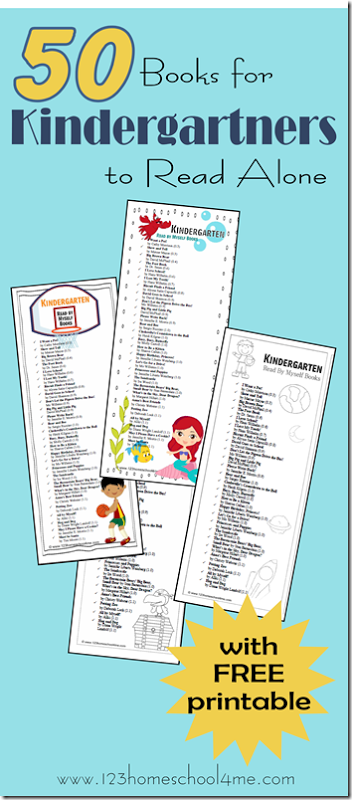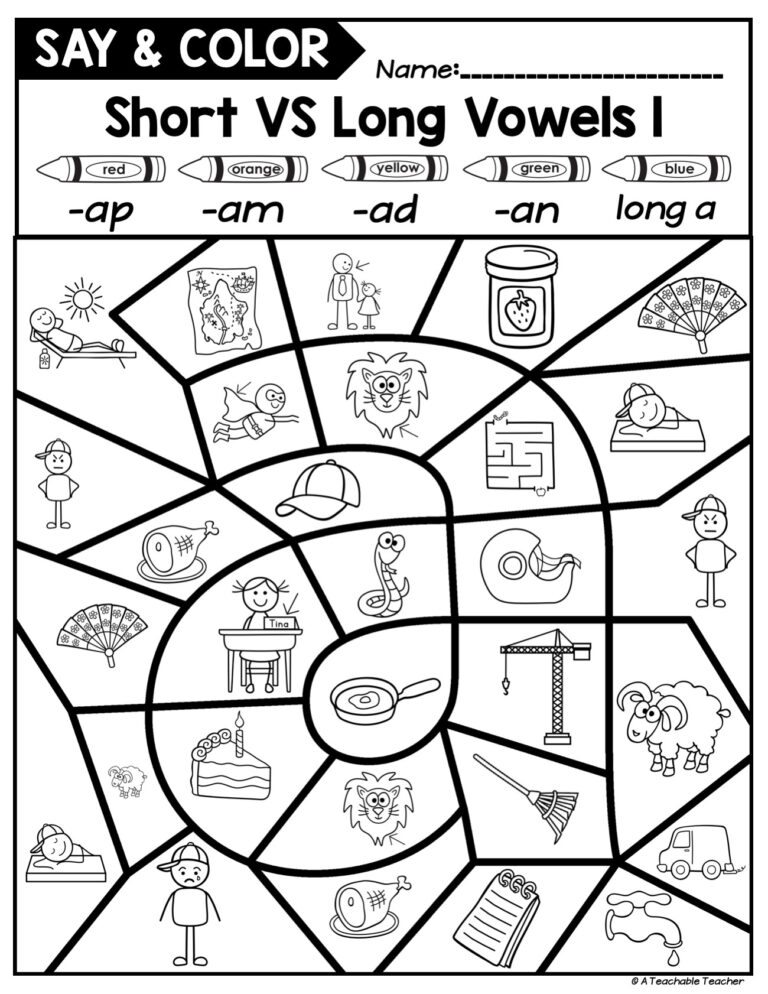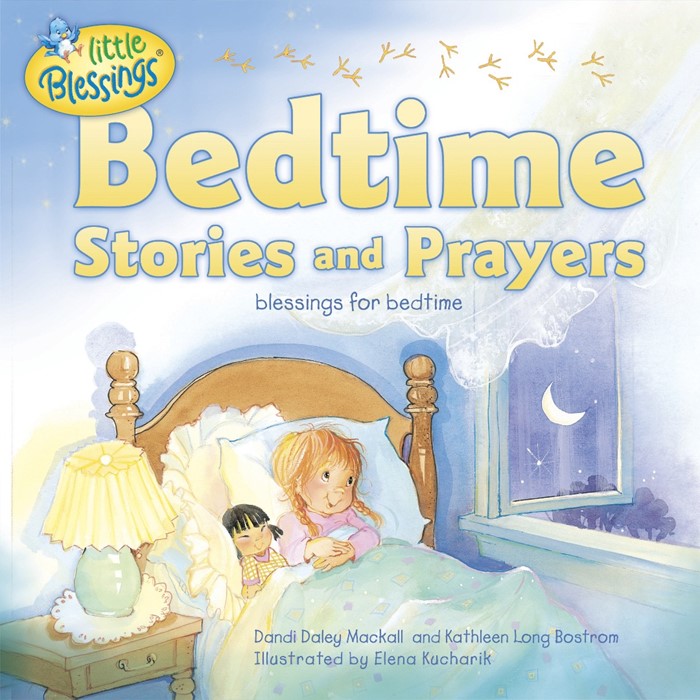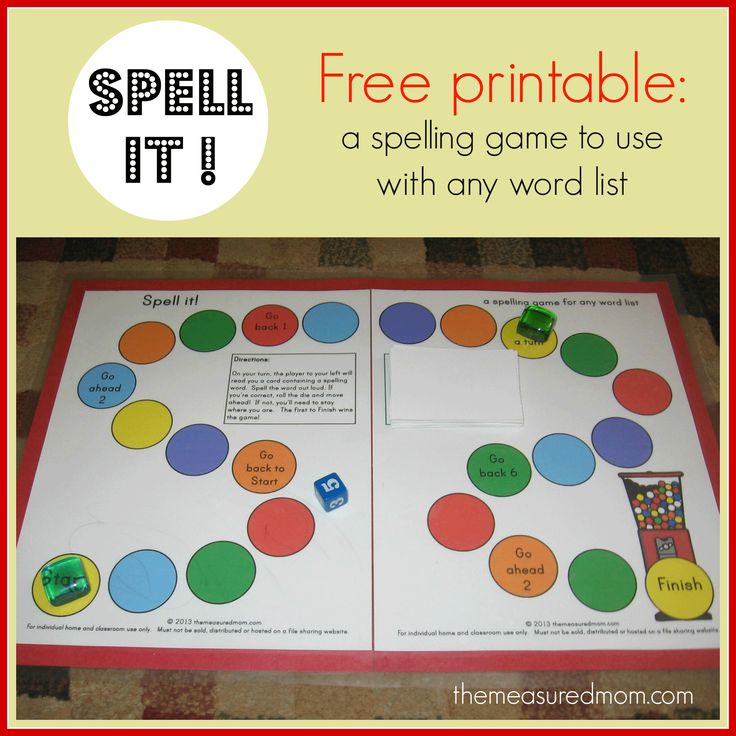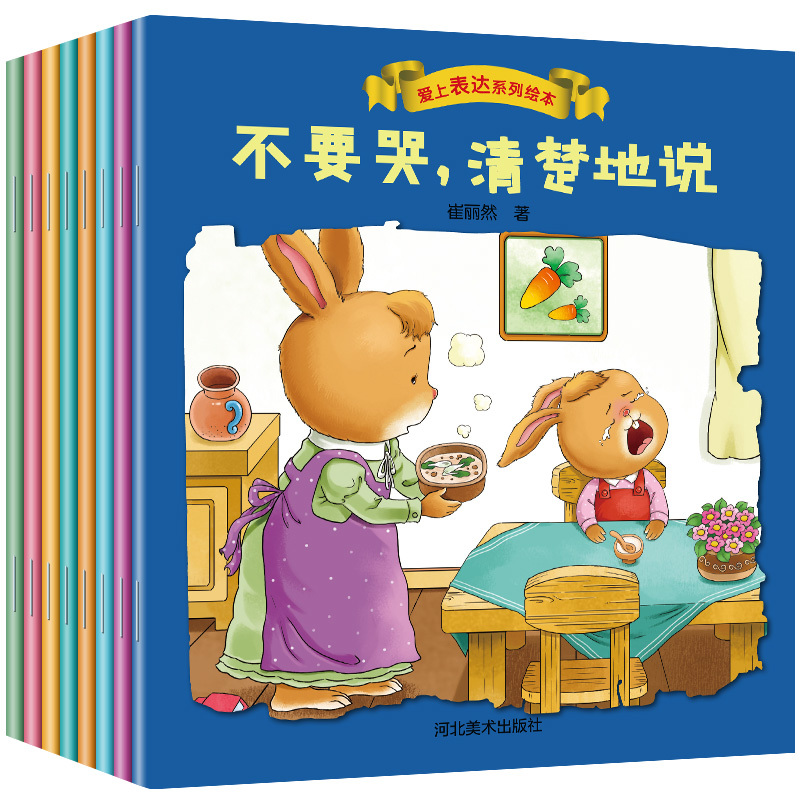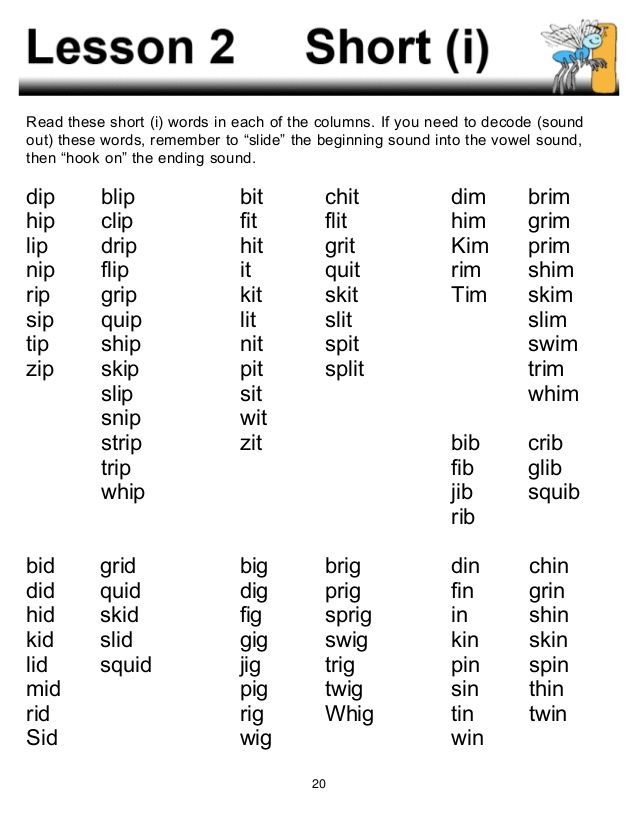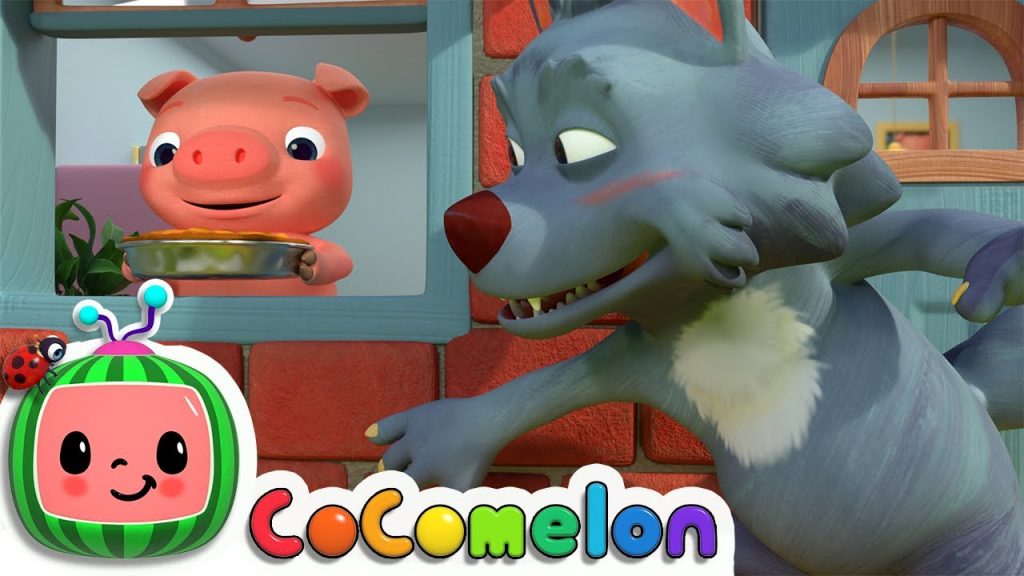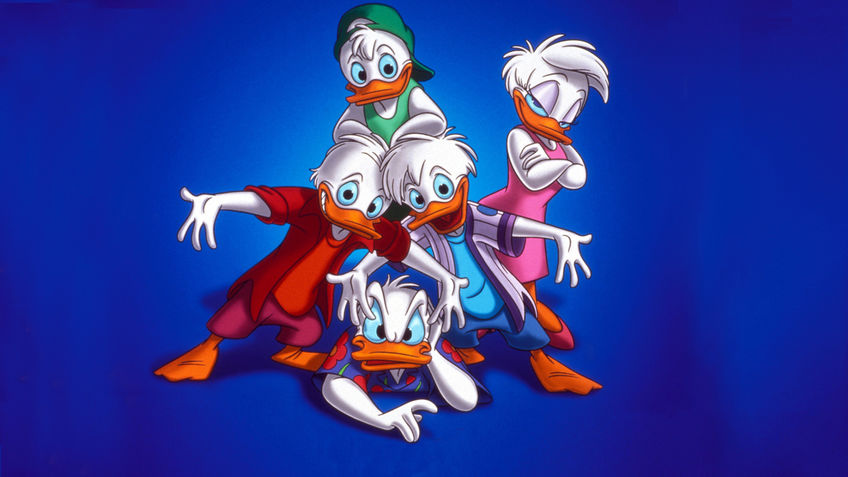Kindergarten reading levels books
Books for grade K kindergarten children aged 5-6
Books for grade K -this list of recommended reading books for kindergartners has been compiled by teachers and school librarians for elementary school children aged 5-6. There is a range of inspirational and engaging books for emerging and more confident readers, including picture books, nursery rhymes, books to share, and books suitable for first independent reading. There are also books to promote discussion, thought, imagination, writing ideas, and provide an impetus for creative art. This list of kindergarten reading recommendations includes titles by Janet Squires, Matt de la Peña, Emily Tetri, Akiko Miyakoshi, and Mary Ann Hoberman.
We Don’t Eat Our Classmates by Ryan T. Higgins
Penelope is really looking forward to starting school and meeting her new classmates. That is, she’s really looking forward to eating them because she’s a T-Rex dinosaur. Soon, however, the tables are turned in this compelling and fun book for children aged 3-5.
School story
Leave Me Alone! by Vera Brosgol
A multi-award-winning picture book that will both amuse and entrance. All Granny wants to do is to be allowed to finish knitting sweaters for her large family – but she keeps being interrupted. To find peace, she leaves home. Her travels take her as far as the moon – meeting goats, bears and aliens along the way. Will she ever finish her knitting?
Classic
Hey, Water! by Antoinette Portis
A delightful non-fiction resource book for the classroom or at home. Learn all about water in its many forms, discover all the words used to describe water features, and link them to the illustrations. The simple text explains the entire water cycle and demonstrates why water is so important to us all.
Narrative non fiction
I Don’t Want to Be a Frog by Dev Petty
A clever moral tale about a young frog who finds it difficult to see the good in how things are and instead yearns to be something else.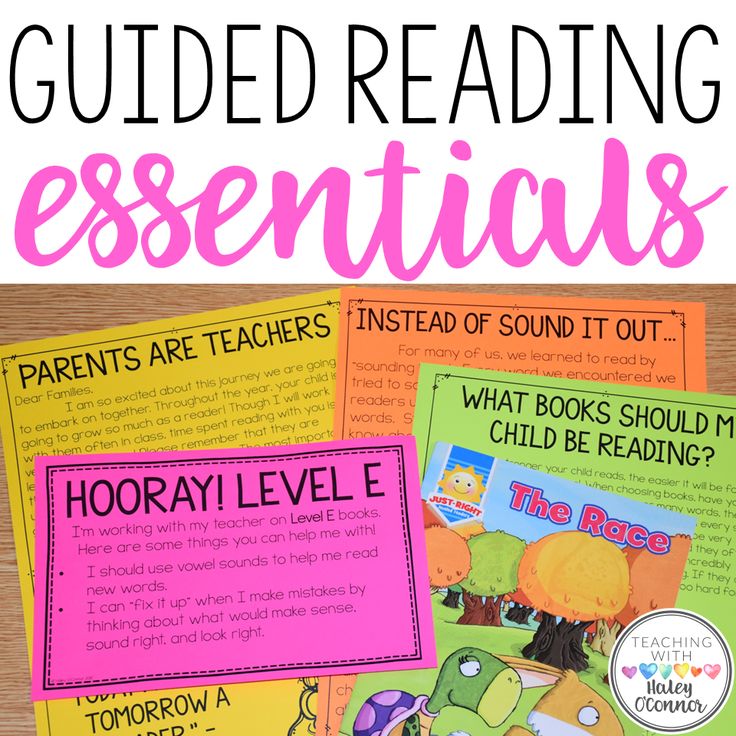 His father, however, is adept at grounding him in reality. A great book for parents to read with their children, or for teachers to read and discuss with a class.
His father, however, is adept at grounding him in reality. A great book for parents to read with their children, or for teachers to read and discuss with a class.
Animal story
The Lion & the Mouse by Jerry Pinkney
A charming story – based on an Aesop fable – about friendship and loyalty in which a mouse who rescues a trapped lion after the lion decides not to eat him. Stunning artwork helps to convey the scale and magnificence of the lion and its Serengeti surroundings.
Fable
Ten on a Twig by Lo Cole
A wonderful counting story – full of repetition – that is ideal for less confident readers to share with adults and read aloud. The inventive and vibrant artwork could provide a great starting point for bulletin boards and classroom displays.
Picture book
Grumpy Monkey by Suzanne Lang
Jim’s friends have lots of helpful suggestions to try and make him feel happier.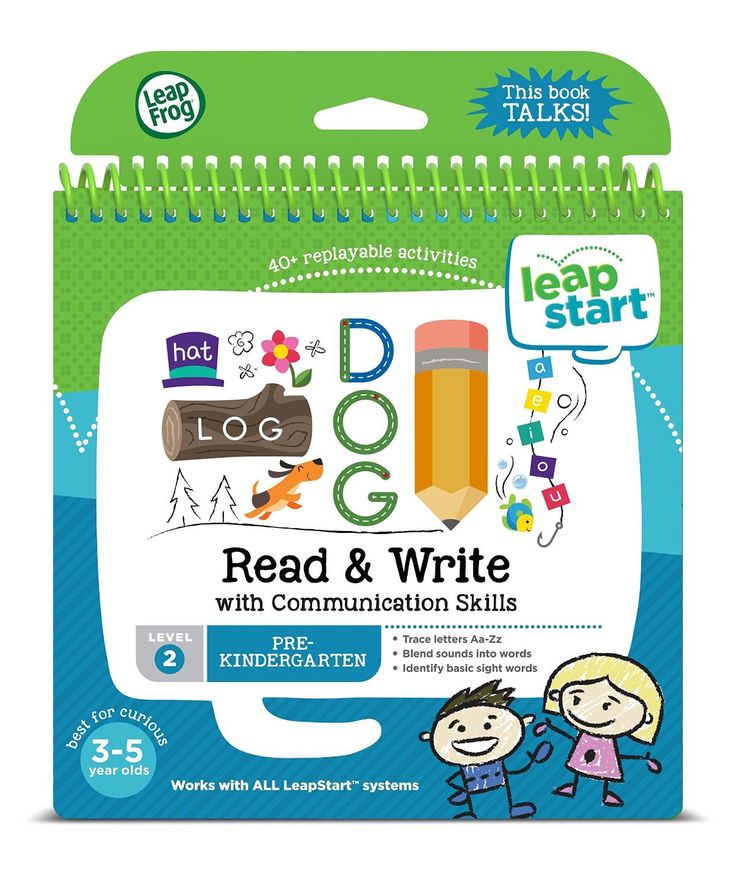 But the more they try to help, the grumpier Jim becomes until he has a meltdown. With sparkling and funny artwork throughout, this is a useful story to help younger children discuss empathy. Norman the gorilla is fabulous.
But the more they try to help, the grumpier Jim becomes until he has a meltdown. With sparkling and funny artwork throughout, this is a useful story to help younger children discuss empathy. Norman the gorilla is fabulous.
Picture book
I Am Enough by Grace Byers
An award-winning and beautifully illustrated book that teaches children to think positively, believe in themselves, and embrace diversity in the world. A great book to spark questions and conversations.
Diverse
What Color Is Night? by Grant Snider
An imaginative picture book with dream-like nightscapes to capture the imagination of Kindergarten readers. A beautiful book for reading at bedtime.
Bedtime story
Locomotive by Brian Floca
An evocative and thrilling picture book full of onomatopoeic words to thrust the reader into the sights, sound, and atmosphere of railroads and locomotives.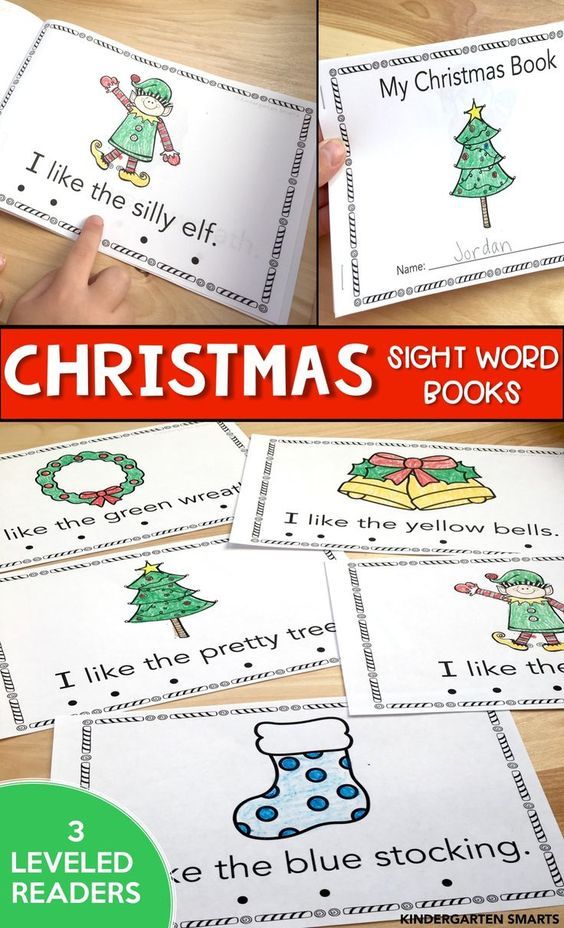 A fantastic book for children who are interested in machines.
A fantastic book for children who are interested in machines.
STEM | Picture book
Shh! We Have a Plan by Chris Haughton
A funny story that helps kindergarten-aged children to understand that it’s not always the loudest person that has the best ideas. When a gang of four friends tries to catch a bird, they fail spectacularly, until they listen to the quiet observant member of the group.
Humor
The Gingerbread Cowboy by Janet Squires
The traditional Gingerbread Man fairy tale is morphed into a Wild West setting with cacti, cattle, and coyotes. Yeehaw! A wonderful, fun, and immersive rhyming story that uses clever repetition and catchy language.
Modern fairy tale
The Word Collector by Peter H. Reynolds
Jerome doesn’t collect trading cards, coins or stamps – instead he collects words. Short words, long words, complicated words, and unusual words make up his collection – as well as words that can change and words that persuade.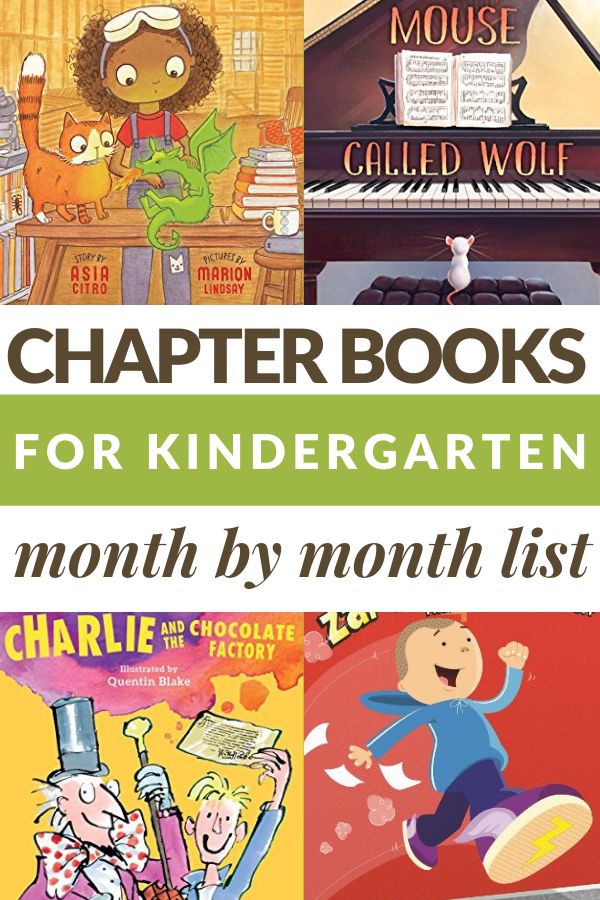 A highly original picture book that is perfect for developing a child’s imagination and interest in language.
A highly original picture book that is perfect for developing a child’s imagination and interest in language.
Picture book
One Tiny Turtle by Nicola Davies
A charming and poetic picture book story following the life of one loggerhead turtle as she completes a migration of thousands of miles over three decades. Enlightening, uplifting, and beautifully illustrated, this story is ideal to read and share with younger children.
Animal story
The Adventures of Beekle by Dan Santat
An enchanting story that follows an imaginary friend that sets out on a long journey to try and find a child to adopt him. Inventive and original, this is a great picture book to help spark creative writing and narrative storytelling ideas.
Picture book
Last Stop on Market Street by Matt de la Peña
When CJ and his grandma travel to and from church every Sunday, he sees places that are very different from where he lives. An atmospheric picture book story that introduces kindergarten children to a diverse range of neighborhoods, people, and backgrounds – sensitively and thoughtfully.
An atmospheric picture book story that introduces kindergarten children to a diverse range of neighborhoods, people, and backgrounds – sensitively and thoughtfully.
Classic
Pink Is for Boys by Robb Pearlman
A stereotype-busting story that shows children that they can be whatever they want to be – whether it is playing baseball, trying on different colored clothes, or liking unicorns. A good book to provoke discussion and help children develop a sense of empathy and acceptance.
Diverse
Tiger vs. Nightmare by Emily Tetri
Tiger has a monster that lives under the bed. But this is no ordinary monster – each night it scares aways any nightmares so Tiger can get some sleep. But one day there’s a nightmare too big to scare away. Will Tiger and Monster be able to summon enough courage to overcome the nightmare? An ultimately uplifting and inspiring bedtime story.
Bedtime story
The Way Home in the Night by Akiko Miyakoshi
An atmospheric picture book that’s full of awe and wonder.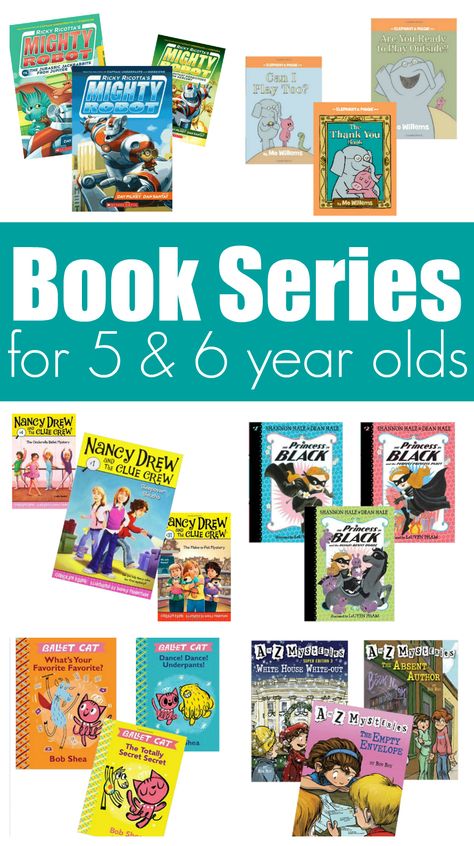 A young bunny wonders what goes on in the world of night and embarks on an imaginative journey. A great book to spark story ideas in kindergarten classes.
A young bunny wonders what goes on in the world of night and embarks on an imaginative journey. A great book to spark story ideas in kindergarten classes.
Animal story
The Seven Silly Eaters by Mary Ann Hoberman
When a busy mother has seven children who each want something different to eat all sorts of chaos ensues in funny rhyming verse. A great story to sensitively suggest to children that fussy eating has downsides.
Classic
Ish by Peter H. Reynolds
Ramon loves to draw, but when one insensitive comment by his older brother threatens to destroy his confidence, his sister Marisol opens his eyes to see problems and obstacles in a new light. An inspirational book, and one that is ideal to read to reluctant and unsure children.
Family
Good Night, Gorilla by Peggy Rathmann
As the zookeeper says goodnight to each animal at bedtime, someone or something very furry and very naughty is following him, with a set of keys.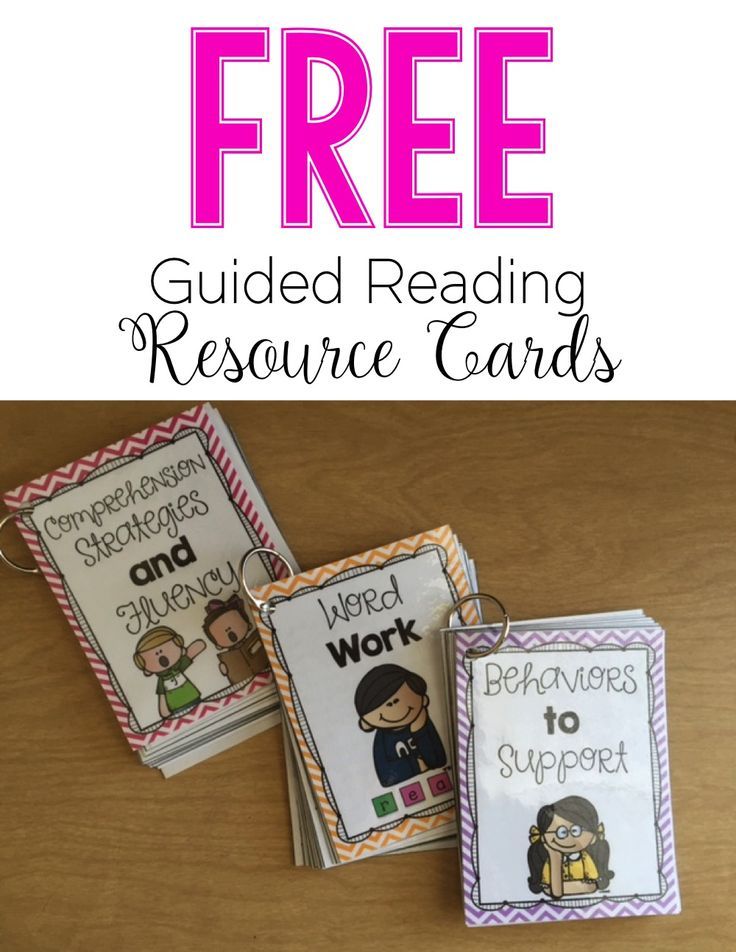 A riotously funny bedtime story with lots of clever visual cues and wordplay repetition.
A riotously funny bedtime story with lots of clever visual cues and wordplay repetition.
Classic
Steam Train, Dream Train by Sherri Duskey Rinker
In this colorful picture book for emerging readers, each car on the train is boarded by a different animal, and each animal fills the car with more and more unlikely and amusing luggage and cargo. A great story to encourage children in grade K to read independently.
Rhyming
Goodnight Already! by Jory John
When all exhausted Bear wants to do is go to sleep after a long day, his over-enthusiastic neighbor, Duck won’t stop trying to talk to him. A very funny picture book that helps teach children to respect boundaries and be careful not to annoy others.
Bedtime story
Jabari Jumps by Gaia Cornwall
A visually engaging story that teaches young readers to overcome fears and realize goals.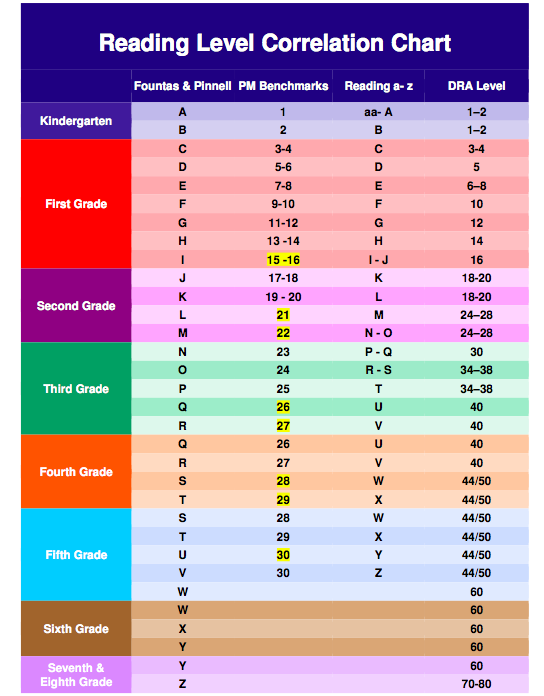 When Jabari thinks he’s ready to jump off the diving board, suddenly doubts begin to form. Fortunately, his father is on hand to inspire courage.
When Jabari thinks he’s ready to jump off the diving board, suddenly doubts begin to form. Fortunately, his father is on hand to inspire courage.
Diverse
Wolf in the Snow by Matthew Cordell
When a girl walking home from school and a lost wolf cub get caught in a white-out, they both help each other to find the way back home. The lyrical storytelling and atmospheric artwork will inspire children to imagine the situation for themselves.
Animal story
Over the Hills and Far Away: A Treasury of Nursery Rhymes by Elizabeth Hammill
A wonderful collection of beautifully illustrated traditional nursery rhymes, collected from a diverse range of cultures around the world. A great classroom resource for kindergarten.
Nursery rhymes
The Doctor with an Eye for Eyes: The Story of Dr. Patricia Bath by Julia Finley Mosca
An award-winning and inspirational story, telling the life of Dr.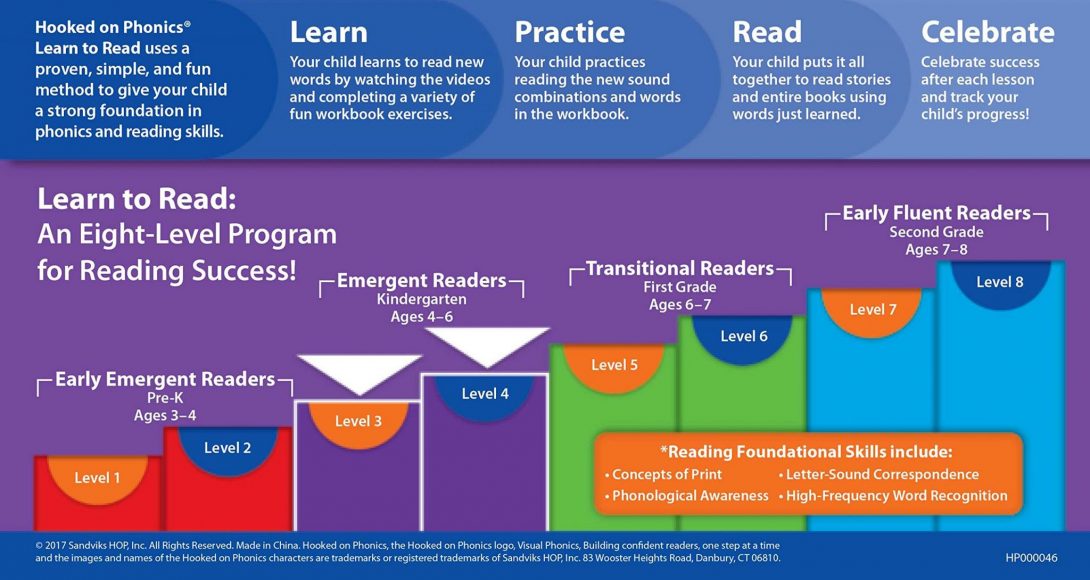 Patricia Bath who achieved her life’s dreams despite her difficult start in life. Fighting injustices, her determination, and courage shine through in this illustrated biography written in rhyme.
Patricia Bath who achieved her life’s dreams despite her difficult start in life. Fighting injustices, her determination, and courage shine through in this illustrated biography written in rhyme.
Biography
Finding Winnie: The True Story of the World’s Most Famous Bear by Lindsay Mattick
When WW1 vet Harry Colebourn helps rescue a young bear, he decides to name her after his hometown – Winnipeg. The story follows Winnie’s amazing journey around the world to London Zoo which later inspired the famous book Winnie-the-Pooh. An enthralling read.
Narrative non fiction
If you would like to order all or most of the books in this kindergarten reading list; or if you want to order classroom sets or multiple copies of books; or if you are ordering from outside the US, have a look at our ‘bulk orders’ page which makes this process easy.
Click for more reading recommendations – Grade K books (this page) | Grade 1 books | Grade 2 books | Grade 3 books | Grade 4 books | Grade 5 books | Grade 6 books | Grade 7 books | Grade 8 books | Grade 9 books | Grade 10 books | Grade 11 books | Grade 12 books
Please do share or link to this page via social media, but refrain from copying or reproducing our book synopses.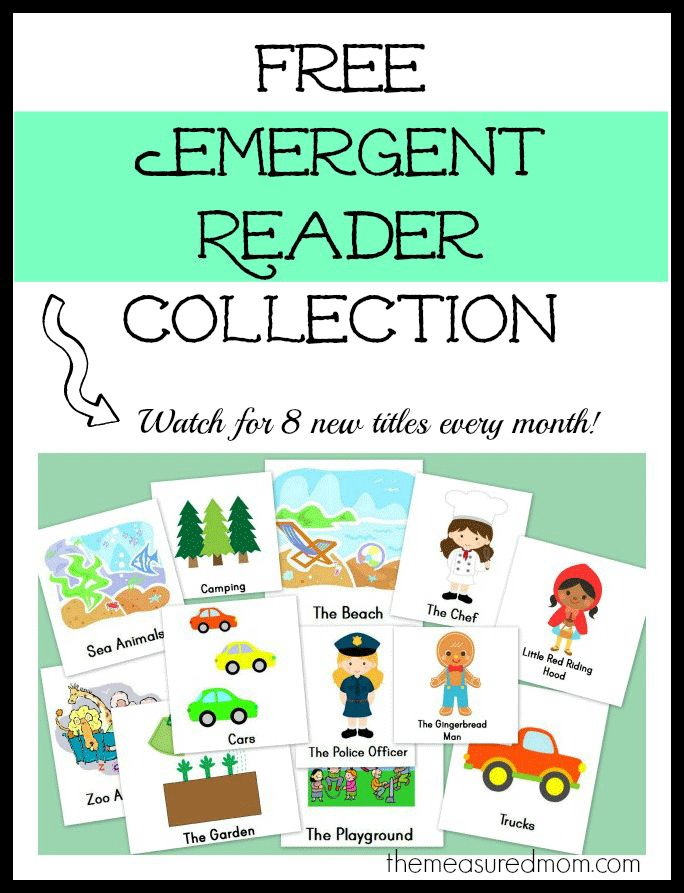 Please respect intellectual property and copyright. Thank you.
Please respect intellectual property and copyright. Thank you.
LOTS of Kindergarten Level Books Kids will 💗📚
Books to ReadJune 2, 2021
by Beth Gorden
Teaching your child to read is easy when you give kids books that are level appropriate so they can succeed. WE’ve taken all the work out of finding books kindergartners will love this this Kindergarten Level Books list! This kindergarten reading level books includes leveled readers that will use phonics and sight words to give your child practice reading. Get started creating a life-long reader starting with the kindergarten reading level.
Kindergarten Level Books
In kindergarten, you will be amazed at how much your child learns. At the beginning of the year, they’ll be able to read simple text. As the year progresses, you’ll notice that they can read more difficult words and sentences. This must-read kindergarten book list includes books that come in boxed sets, non-fiction books, and leveled readers.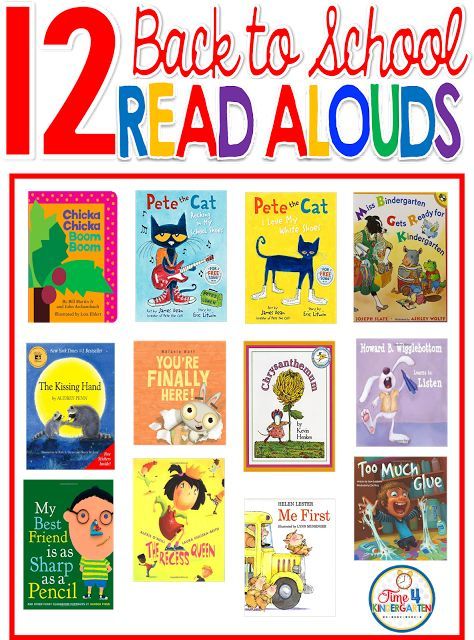 By using kindergarten level books you will ensure your child will be successful and be excited to read as they will recognize and be able to sound-out simple words. Instead of hunting through thousands of books for the good ones, we’ve pulled together our favorite kindergarten level reading books. Whether you are looking for level a books for kindergarten or level 1 books for kindergarten – these books for kindergarten reading level are perfet for your child.
By using kindergarten level books you will ensure your child will be successful and be excited to read as they will recognize and be able to sound-out simple words. Instead of hunting through thousands of books for the good ones, we’ve pulled together our favorite kindergarten level reading books. Whether you are looking for level a books for kindergarten or level 1 books for kindergarten – these books for kindergarten reading level are perfet for your child.
Whether you are a parent, teacher, or homeschooler – this list will make your life easier and get your kids excited to read!
Kindergarten Reading Level Books
If you’re looking for fun books that are the perfect level for your kindergartner, then Level 1 books are just what you need. These must-read leveled readers are designed to let kids read independently. Your child will be able to combine what they know about sight words with phonics as they sound out words and read sentences.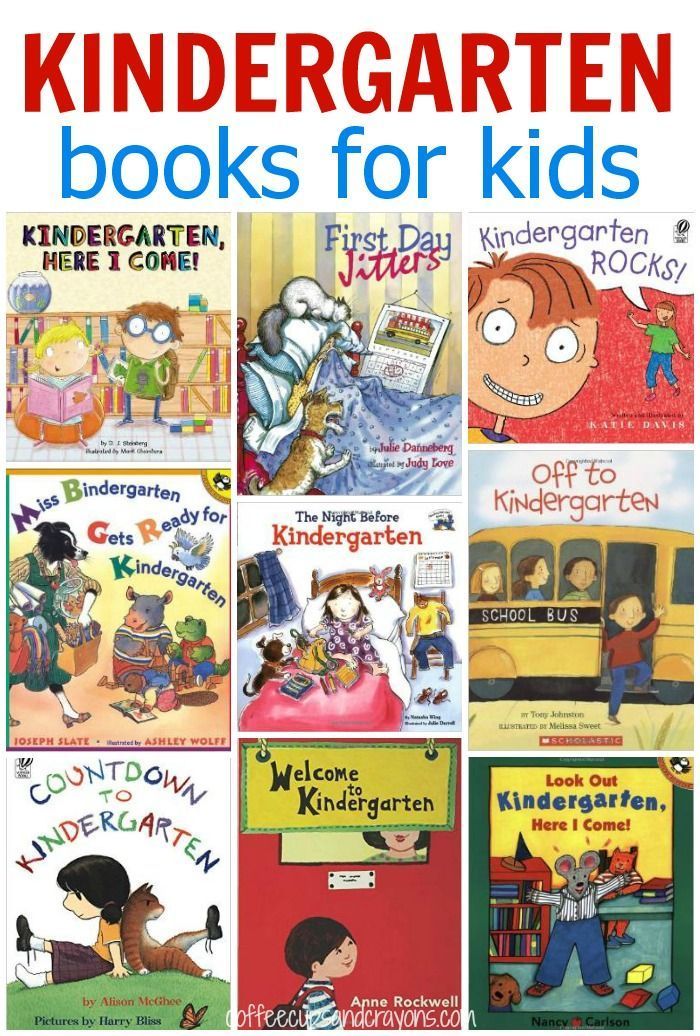
- May I Please Have a Cookie? – Not only will this book give your kindergartner a chance to read independently, but it will also help teach manners!
- Big Shark, Little Shark – Your kindergartner will enjoy sounding out words in this book as they learn all about opposites.
- Get the Giggles – Nurture your child’s sense of humor while teaching them to read with this beginning book. It’s a book of jokes!
- Please Write Back – In this book, Alfie writes a letter to his grandma. He gets to do everything, including putting a stamp on it! After reading this, your kindergartener will want to write a letter of their own.
- I Spy School – I Spy books make the “favorite” list of many school-aged kids! Now, your kindergartner can both read and “spy” with this book.
- My First Kids Jokes – This joke book is perfect for children just starting to read! What a humorous way to learn to read!
- There’s a Mouse in the House – What happens when a mouse comes to stay in your house? Find out with this beginning reader!
- Who Wears Glasses? – There are so many different kinds of glasses in this early reader! Which kind will be your kindergartner’s favorite?
- Monster Math Picnic – Combine math and reading with this level 1 book for kindergartners.
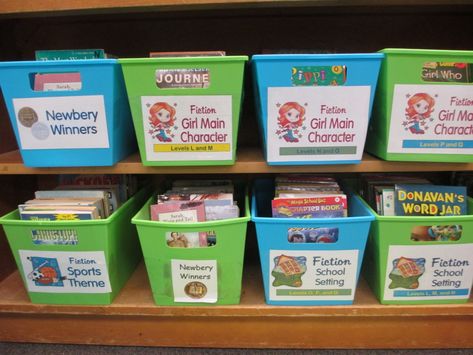
Lovable Character Kindergarten Books
Some books are special because of the characters in them! This list of kindergarten books is filled with lovable characters that will get your kids excited about reading. From Clifford to Silly Milly, your child will feel right at home reading books with these characters.
- I Will Take a Nap: An Elephant and Piggie Book – Elephant and Piggie are two characters that will quickly become your kindergartner’s favorites.
- Mac and Cheese – Mac and Cheese might seem like a delicious, cheesy meal; however, that’s not the case in this book. Instead, Mac and Cheese are the very lovable main characters.
- Silly Milly – Will your child be able to guess why Silly Milly likes certain words? This beginning reader is filled with riddles and rhymes.
- Clifford’s Class Trip – If your child loves Clifford then they’ll love reading this book independently! Clifford gets to go on a class trip with Emily Elizabeth.
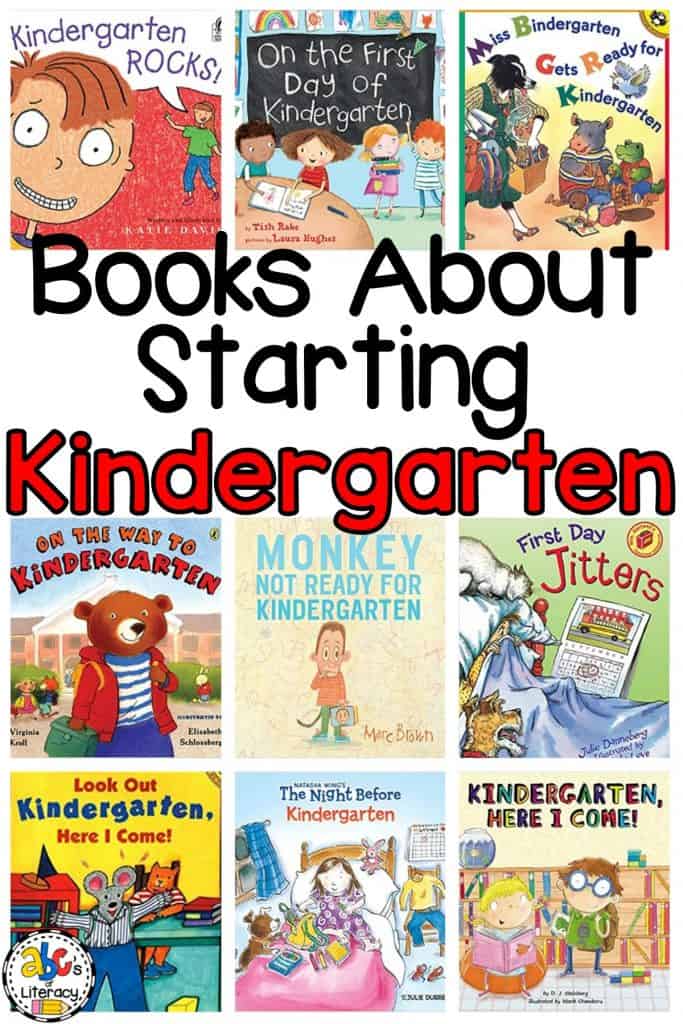 What adventures will he have?
What adventures will he have? - Ready for Kindergarten, Stinky Face? – Your kindergartner will relate with Stinky Face as he starts kindergarten himself.
- Hippo & Rabbit in Three Short Tales – Even though they’re different, Hippo and Rabbit are best friends. Follow them on their adventures with these three tales.
Kindergarten Boxed Sets
Boxed sets are perfect for kindergartners learning to read. These sets include levels A-C, which means that your child can start their kindergarten year reading level A and progress to level C as they become better readers. Each boxed set includes books that will help your child attain that goal!
- First Little Readers: Guided Reading Level A – This boxed set comes complete with 25 books that will help your kindergartner develop their reading skills. Titles are sure to keep your child interested, from Fun in the Mud to Birthday Surprise.
- Pete the Cat Phonics Box – Your kindergartner needs to practice both short and long vowel sounds.
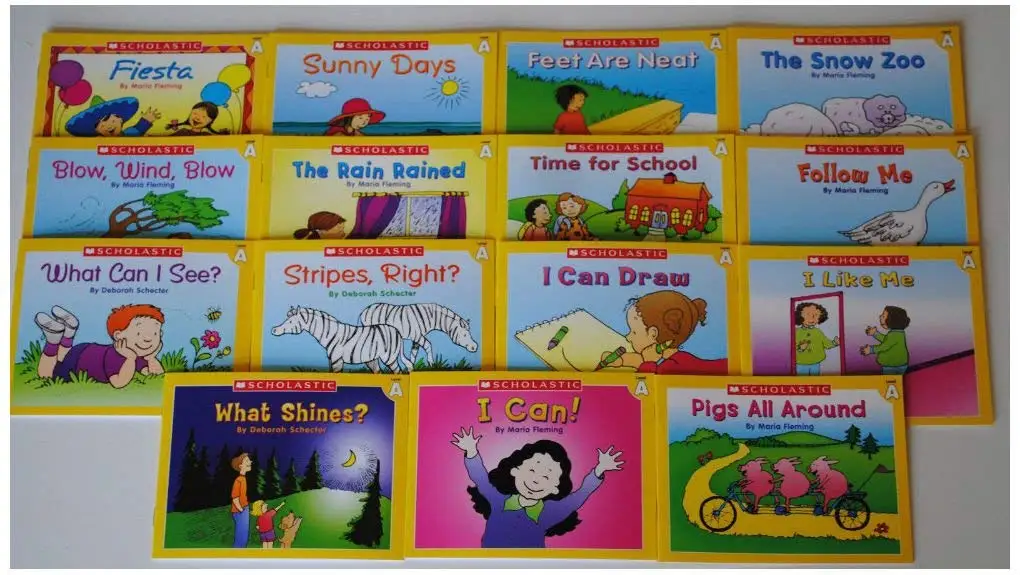 With Pete the Cat, they’ll get the chance to do so!
With Pete the Cat, they’ll get the chance to do so! - Marvel Meet the Super Heroes! – Do you have a little superhero in your life? Then this kindergarten boxed set will delight them.
- Bob Books, Set 1: Beginning Readers – These Bob Books uses consistency and simplicity to help your kindergartner learn to read. With each book, your child will gradually be introduced to new words and sounds.
- Folk & Fairy Tale Easy Readers – Use classic fairy tales and folk tales to teach your kindergartner to read. These 15 stories include favorites such as Cinderella and The Three Little Pigs.
- Peppa Phonics Boxed Set – Your child will use their phonics skills to sound out the words in this beginning book. With the focus on short vowel words, your child will quickly become a proficient reader.
- First Little Comics: Levels A & B – Comics are perfect for beginner readers. With fun characters and easy to read word bubbles, your kindergartner will love this boxed set.
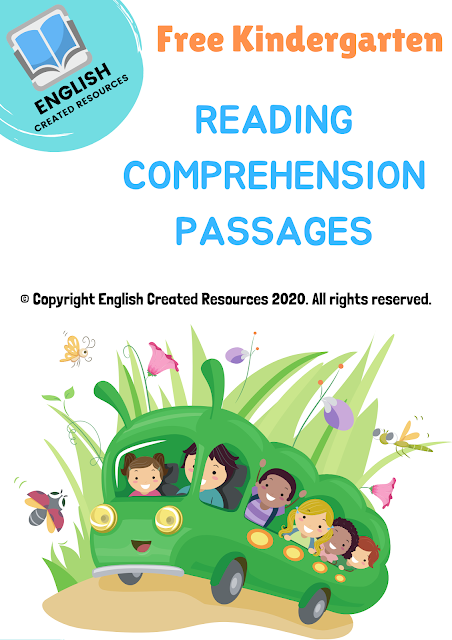
- Newmark Learning Rising Readers Leveled Books – Focus on learning to read and comprehension with this set of leveled readers.
- Learn to Read with Tug the Pup and Friends – Tug the Pup is here to help your kindergartner learn to read. With levels A-C in this boxed set, you can use it all year long as your child becomes a better reader.
Non-Fiction Kindergarten Books
In addition to fiction books, make sure you also give your kindergartner the chance to non-fiction books as well. Not only should your child have the opportunity to read different genres of books, they’ll also love the vivid photos that come along with it! From tadpoles to trucks, your kindergartener will learn so much with these must-read non-fiction readers.
- From Tadpole to Frog – Follow the life cycle of a frog with this non-fiction book. Starting with a tadpole, readers will learn about how a tadpole turns into a frog.
- Polar Animals – How can a polar animal survive in cold? Find out with this beginning reader book that’s perfect for kindergarteners.
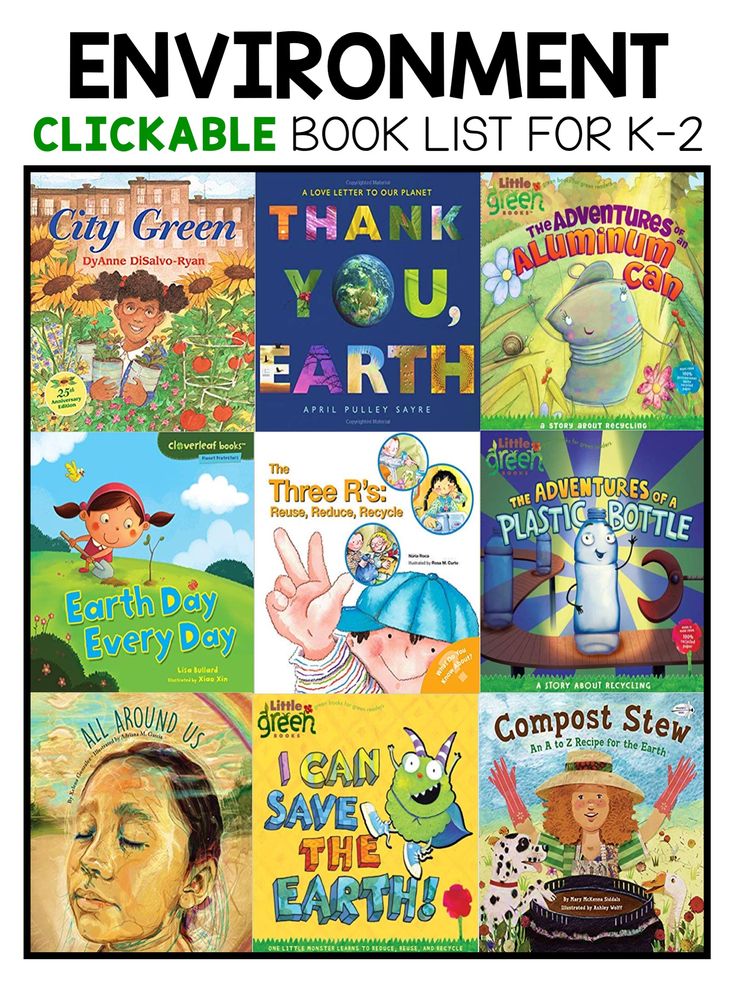
- Ocean Life – The ocean is filled with fantastic creatures. In this book, readers will learn about some of these, including dolphins, whales and more.
- On the Road – In this beginner reader, kindergarteners will get the chance to read all about vehicles. From buses to motorcycles, kids will enjoy learning about vehicles.
- Bats – With this non-fiction book, beginner readers will learn about bats, including their habitat, eating habits, and more!
- Guided Science Readers: Level A – This boxed set combines simple text and vibrant photos to help your child be successful as they learn to read. Topics include pumpkins, whales and more!
That concludes our must-read kindergarten book list. Enjoy these books together, and your child will be an expert reader by the time they finish kindergarten!
Kindergarten Crafts
Looking for more fun craft projects? Try these:
- Lots of Toilet Paper Roll Crafts
- Super cute, free printable farm animal puppets
- Hundreds Paper Plate Crafts for Kids from A to Z
- Make one of these flower crafts
- These precious keepsake handprint alphabet craftshelp your child to learn the alphabet at the same time!
- Grab your craft sticks, you are going to want to make all of these cool popsicle stick crafts
- Make practicing math fun by making one of these FUN and FREE Math Crafts
- Brr! It may be cold outside, but stay warm in a winter wonderland with these snowflake crafts
- Get ready for the first day of school with these Back to School Crafts
- WE have tons of monthy kindergarten crafts
- Plus don’t miss these super cute and FREE abc crafts for lowercase letters
FREE Alphabet Printables
Looking for more abc printables for kids? You have tons of free alphabet printables
- Fun Alphabet Coloring Pages
- Find the Letter Worksheets
- Disney Alphabet Coloring Pages
- free alphabet printables for toddlers
- Alphabet Book Printable – a book for each letter of the alphabet from A to Z
- Free Printable Alphabet Worksheets
- Alphabet Mazes to practice ABCs
- Cut and Paste Alphabet Worksheets
- Super Cute Printable Alphabet Hats
- Alphabet Playdough Mats
Looking for our most popular content? Here it is!
- Grab this ABC coloring book free download foe some fun learning with prek/K
- Bingo Dauber Printables to practice making upper and lowercase letters
- Just print and practice with these kindergarten alphabet worksheets
- Looking for convenient printable crafts? You will love these letter crafts!
- Super cute alphabet cards to trace with fingers, dry erase markers, or playdough
- Free Printable Days of the Week Worksheets are super handy for teaching the days of the week
- Find the Letter worksheets where children dab the letter to make snow in the snow globe
- Learn kindergarten colors with these free printable sorting mats!
- Alphabet Playdough Mats are a great, hands on alphabet activity
- Kids will love uncovering the zoo animals in these color by number worksheets
- Practice tracing letters with these alphabet worksheets for kindergarten a to z
- Sneak in some summer learning with these summer kindergarten worksheets
- Print this free traceable alphabet to help young learners work on fine motor skills
- Make learning your ABCs fun with these handprint alphabet ideas
You may also like
About the author
Beth Gorden
Beth Gorden is the creative multi-tasking creator of Kindergarten Worksheets and Games.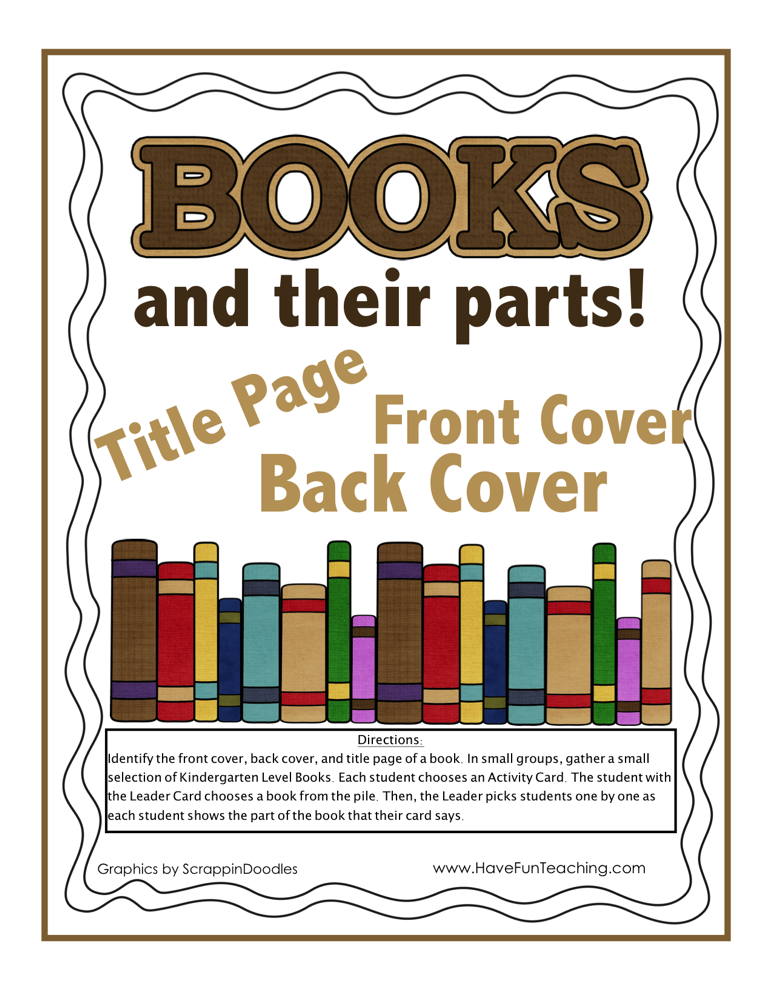 As a busy mother of six, she strives to create hands-on learning activities and worksheets that kids will love to make learning FUN! Browse through more than 200,000 pages of FREE worksheets & educational activities for kindergartners! Plus don't miss her other sites www.123homeschool4me.com and www.preschoolplayandlearn.com
As a busy mother of six, she strives to create hands-on learning activities and worksheets that kids will love to make learning FUN! Browse through more than 200,000 pages of FREE worksheets & educational activities for kindergartners! Plus don't miss her other sites www.123homeschool4me.com and www.preschoolplayandlearn.com
Reading fiction in kindergarten. | Fiction consultation (senior group):
ME WITH CHILDREN
Reading fiction in kindergarten.
Dryanitsyna Natalya Yurievna.
Introducing children to artistic reading is currently a problem of modern society. It should be noted that literature is a powerful means of intellectual, moral and aesthetic education. It enriches children's speech, emotions, forms humane feelings, makes it possible to think, fantasize. Adults, from the very birth of a child, should arouse interest and love for the book, open the reader in the baby.
The main goal of reading fiction in kindergarten is to develop an interest in reading among preschoolers.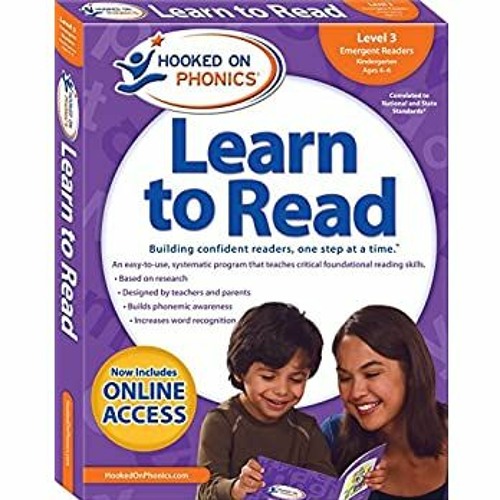 Such activity begins already in the first junior group.
Such activity begins already in the first junior group.
Preschool children are listeners, not readers, therefore a work of art is conveyed to them by a teacher. The teacher has an important task - each work must be conveyed to children as a work of art, its intention revealed, the listener interested in an emotional attitude to what is read: feelings, actions, lyrical experiences of the characters.
The purpose of the work of teachers:
• Development of interest in fiction.
• Formation of literary taste.
• Education of the future reader.
Tasks:
• Introduce children to various genres of literature (stories, poems, works of oral folk art (songs, nursery rhymes, riddles, fairy tales, poets, writers, illustrators).
• Enrich vocabulary with figurative words, expressions, help form competent speech.0003
• To promote psychophysiological development (phonemic hearing, memory, attention, imagination, artistic and literary creativity.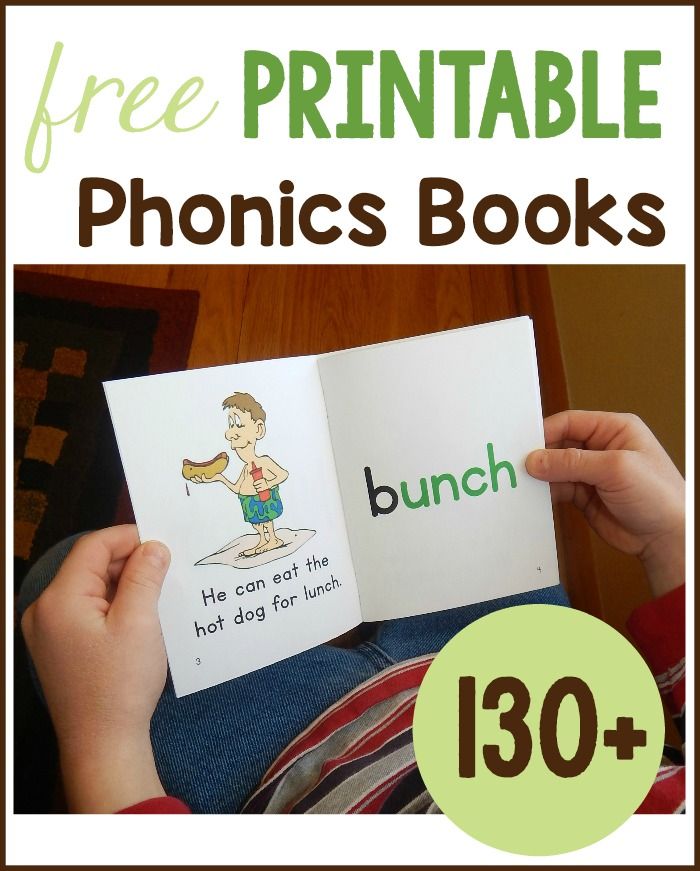
• To form a positive image of "I".
• To cultivate the need to communicate with a book, the culture of reading, respect for the book.
In the process of communicating with a book, the child not only learns the past, present and future of the world, but most importantly, learns to think, analyze, develops creatively, thus forming the moral and cultural basis of the personality.0003
Instilling interest in fiction, forming a literary taste, we use various, including non-traditional forms of work with children, parents, the public, since only well-coordinated joint work, the efforts of adults surrounding children can introduce children to reading books.
Methods of work to introduce children to reading include:
- Verbal:
• Reading works of art.
• Talks based on reading.
• Learning by heart.
• Retelling of works.
• Expressive reading.
- Practical:
• Dramatization games.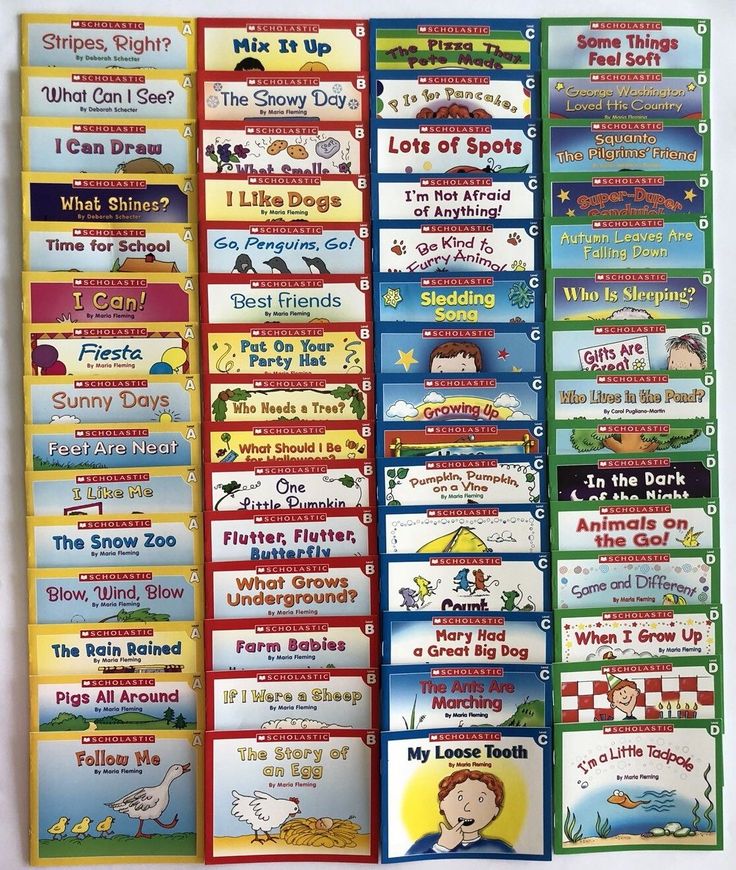
• Didactic games.
• Elements of staging.
• Image of what has been read in visual activity (sculpting, drawing, appliqué).
• Theatrical activities.
- Visual:
• Display of illustrations, pictures, toys.
• Watching videos, movies.
• Design of exhibitions.
• Use of different types of theatre.
Examples of cooperation with parents are:
• Parent meetings.
• Individual advice.
• Workshops.
• Folders - sliders.
• Photo presentations.
• Participation of parents in project activities, literary competitions, in the creation of the library fund of the preschool educational institution, in the design of exhibitions, layouts.
Based on the fact that the system of work on introducing preschool children to reading books based on various forms of work with children, parents, and the public allows preschoolers to:
1) increase the level of cognitive, speech, psychophysical development of children;
2) creates the prerequisites for the realization of creative abilities, self-expression;
3) helps children enter the world of fiction and develop reading skills.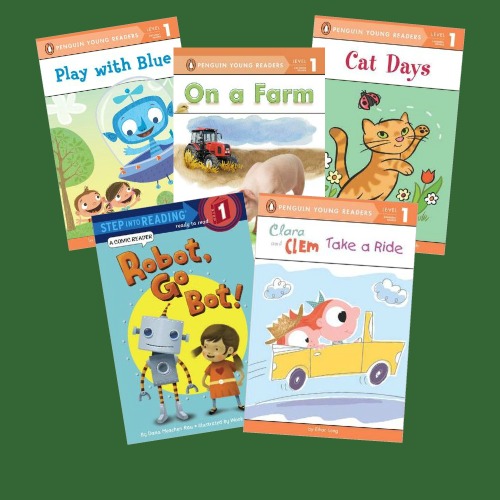
Thus, it is important to recognize the process of reading as determining in education and development, worldview and moral development of a person, a child.
"Introducing children to reading fiction in preschool educational institutions"
Inviting children to reading or
system of work to introduce children to reading , internet. Today's reader, of course, is different from the reader of past years. First of all, because he has less time to read, and often, there is no desire.
Process communication of a preschool child with a book - is the process of becoming a personality in him. The book should enter the child's world as early as possible, enrich this world, make it interesting, full of extraordinary discoveries. The child should love the book, reach out to it, perceive communication with it as a holiday. Preschool child is a kind of reader .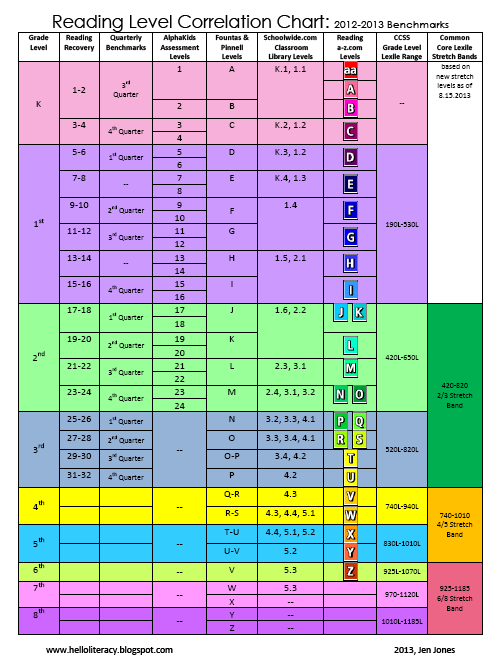 The word "reader" in relation to preschool age is conditional. Actually is listener , whose encounter with a book is completely determined by an adult, from the choice of text for reading to the duration of communication with the book. Taste, interest in a work, its interpretation, the ability to navigate the circle of children's reading, the creation of a reading system - all this is in the power of an adult. It also depends to a large extent on the adult whether the child will become a real, enthusiastic reader or whether an encounter with a book in preschool childhood will flash by a random, meaningless episode in his life.
The word "reader" in relation to preschool age is conditional. Actually is listener , whose encounter with a book is completely determined by an adult, from the choice of text for reading to the duration of communication with the book. Taste, interest in a work, its interpretation, the ability to navigate the circle of children's reading, the creation of a reading system - all this is in the power of an adult. It also depends to a large extent on the adult whether the child will become a real, enthusiastic reader or whether an encounter with a book in preschool childhood will flash by a random, meaningless episode in his life.
The purpose of the work on introducing children to reading in kindergarten is :
- to teach children to listen to reading
- to teach deeply, to comprehend the text
- to educate a competent reader. In the implementation of this goal, the tasks of mental, aesthetic, moral education of preschool children are solved.
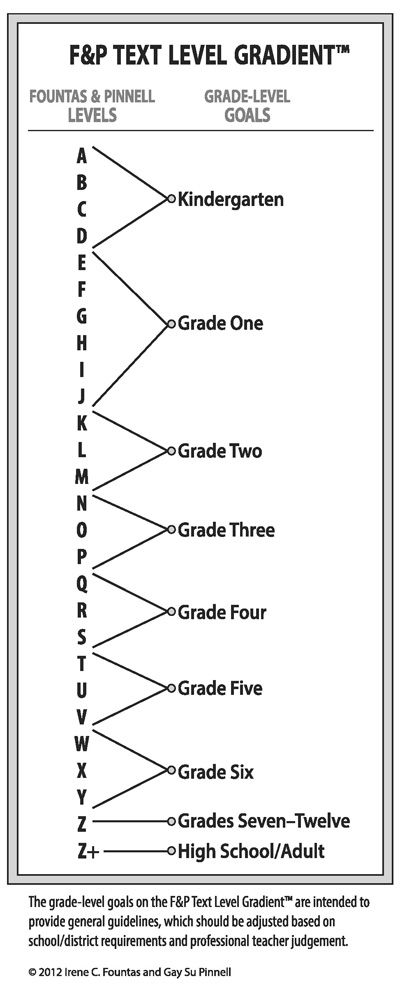 Mental education is the development of perception, thinking, development of speech. Aesthetic education is the development of children's creative abilities. Reading especially fairy tales forms the moral baggage of the child.
Mental education is the development of perception, thinking, development of speech. Aesthetic education is the development of children's creative abilities. Reading especially fairy tales forms the moral baggage of the child.
These tasks are solved through various forms of work with children:
- Daily reading of fairy tales, stories, poems.
- Independent examination of books.
- Organized classes.
- Free communication of a teacher with children based on fiction.
- Collaboration with parents on this issue. The process of daily reading should take at least 30 minutes a day (depending on age). The purpose of daily reading is to deep comprehension of the text by children.
Daily reading involves selection of works. The best option is to combine them on the basis of genre and the alternation of stories, fairy tales, poems.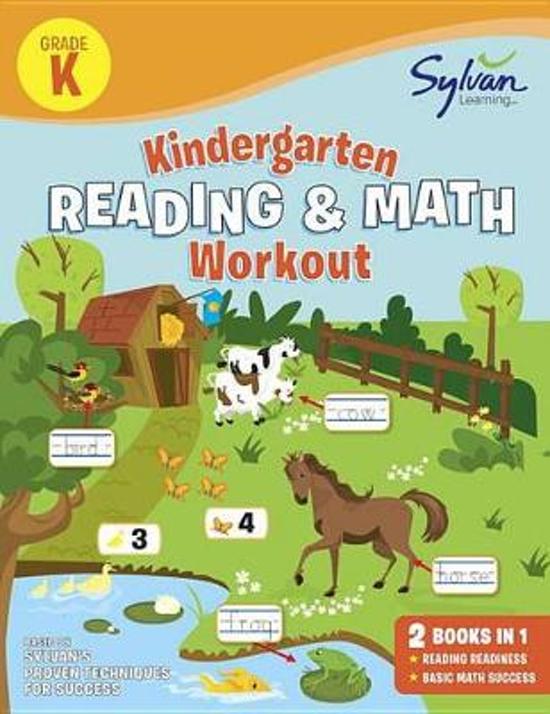
1st week - reading folk and author's fairy tales; dramatization of works or excerpts from fairy tales; viewing illustrated editions of fairy tales.
2 - week - reading poems;
3 - week - reading stories and novels; viewing illustrations for individual works;
4 - week - a journey through the pages of a "thick book" (at senior preschool age).
After the book is read, the children's attention is fixed on its content, the teacher shows illustrations to it.
Depending on the age of the children, the educator changes the methods of viewing art illustrations.
- In the first and second younger groups, the methods of looking at the child are aimed at recognizing characters, things: - Find out who it is? - Show me where, who or what?
- In the middle group - matching phrases of the text with pictures: - Find a picture for such words.
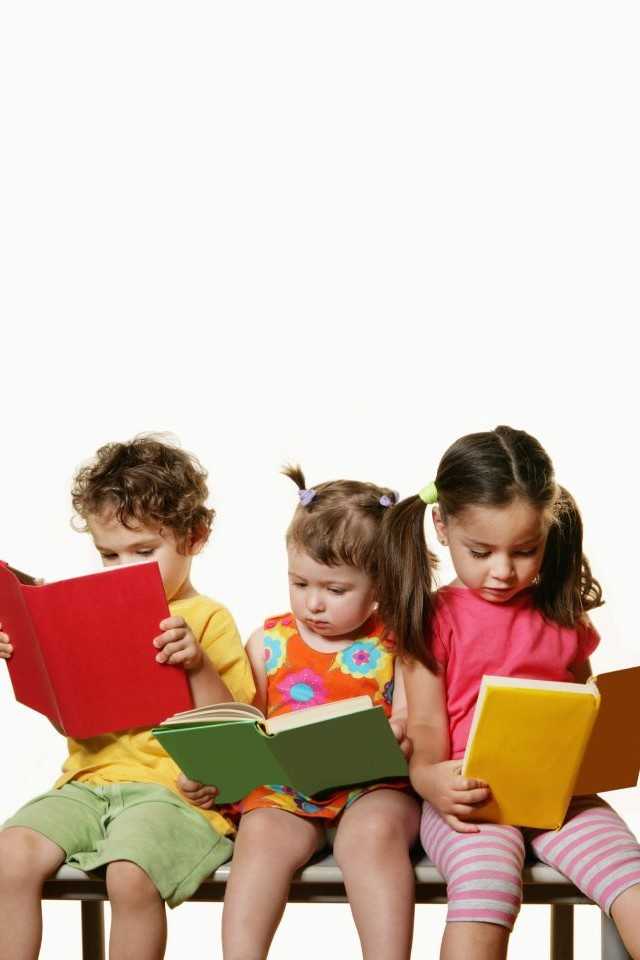 What words fit this picture?
What words fit this picture? - In the senior group - leading the child to assess the color of the drawn objects, the expressiveness of the hero's gesture, the location of the figures: - Why do you like this picture?
- In the preparatory group for school - comparison of illustrations by different illustrators for the same work. The main goal of viewing illustrations in all age groups is to call children to a conversation.
When examining books from an early age, it is necessary to teach children to treat a book as the greatest value, to hold it correctly in their hands , to leaf through it correctly, to know its place on a bookshelf, to remember that a book has an author and title.
Organized classes to introduce children of different age groups to fiction are organized differently.
With young children the teacher works individually or in groups of 2-6 people.
A group of children of primary preschool age for listening to reading or a story are divided into two subgroups.
In the middle and senior groups classes are held simultaneously with all children.
The basic rule for organizing reading classes for children is the emotional uplift of both the reader and the listeners. The mood of elation is created by the educator. With a few introductory words, it arouses the children's interest in what they are going to read or talk about. The colorful cover of a new book, which the teacher will show before reading, may also be the reason for their increased attention. The teacher reads the text of a work of art without interruption, comments are allowed only when reading educational books.
Any words that children may find difficult to understand should be explained at the beginning of the session. In order to teach children to listen to a work of art, to help them assimilate its content and emotional mood, the teacher must read expressively .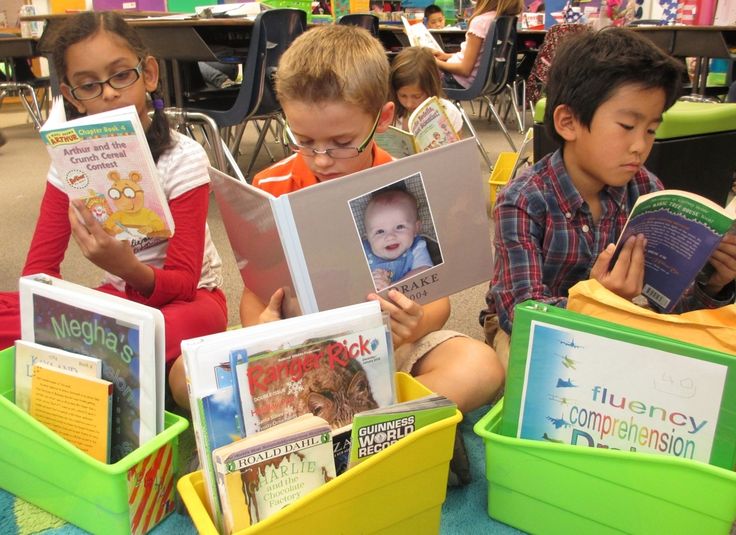 To read expressively means to express by intonation one's attitude to what one is reading about. The expressive reading of the educator is a way to bring to the child the whole gamut of emotions contained in the readable work of art, as well as the development and improvement of his feelings. To expressively read a work of art to children is the observance of the norms of orthoepy, which is an element of the culture of speech. Particular attention is paid to the pronunciation of those words that are written differently than they are pronounced: (his, his, today, bakery, boring). It is better not to pronounce a word at all than to pronounce it with an orthoepic error. The next element of expressive reading is the power of the reader's voice. In order to bring the content of a work to the attention of a small listener, it is necessary, while reading, to strengthen and weaken the voice in strict accordance with the content. Accuracy and expressiveness of speech is facilitated by the correct placement of logical stresses, the expressiveness of which is determined by the reader's ability to modulate his voice in strength.
To read expressively means to express by intonation one's attitude to what one is reading about. The expressive reading of the educator is a way to bring to the child the whole gamut of emotions contained in the readable work of art, as well as the development and improvement of his feelings. To expressively read a work of art to children is the observance of the norms of orthoepy, which is an element of the culture of speech. Particular attention is paid to the pronunciation of those words that are written differently than they are pronounced: (his, his, today, bakery, boring). It is better not to pronounce a word at all than to pronounce it with an orthoepic error. The next element of expressive reading is the power of the reader's voice. In order to bring the content of a work to the attention of a small listener, it is necessary, while reading, to strengthen and weaken the voice in strict accordance with the content. Accuracy and expressiveness of speech is facilitated by the correct placement of logical stresses, the expressiveness of which is determined by the reader's ability to modulate his voice in strength.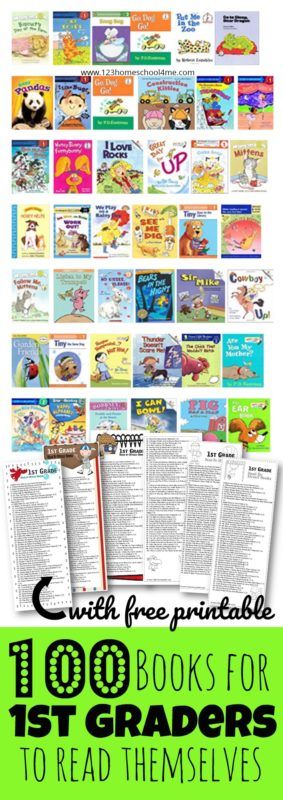 It is very important when reading to maintain the required rate of speech. Where it is necessary to read slowly, in other cases quickly and provocatively. Words that we want to pay attention to , pronounce slowly , and less significant - sometimes almost patter .
It is very important when reading to maintain the required rate of speech. Where it is necessary to read slowly, in other cases quickly and provocatively. Words that we want to pay attention to , pronounce slowly , and less significant - sometimes almost patter .
With the help of pauses it is possible to fully convey the mood of the characters . The closest attention should be paid to the moral principle of the work , with the help of literature to awaken "good feelings" in the child.
The free communication of the educator with children on the basis of fiction makes it possible to offer them the type of activity that, at the moment, they are especially attracted to: dramatization, puppet show, reading the work in faces, “telling poetry with hands”.
Work with parents to introduce children to reading consists of:
- consultations on children's reading, psychology of age and perception;
- obligatory involvement of parents in the organization and holding of literary quizzes, holidays.

- involvement of parents in the design of the information space in the group associated with the book (book exhibitions, annotations, recommendations on what to read to children).
- registration of information about books that are read to children in the classroom.
- organized open classes to familiarize parents with fiction.
In order to carry out various forms of work to introduce children to the book, certain conditions must be created in the kindergarten:
- Availability of an age-specific library fund of fiction. v Presence of a portrait fund of children's writers
- Presence of grammar dictionaries for educators.
- Organization of group book corners.
In each age group of the kindergarten there are sort of information centers – book corners. As a rule, these books are richly illustrated and in good condition. The composition of books in group book corners is updated from time to time, either completely or partially, not only because the books wear out, but also because the process of raising children requires their constant thematic renewal.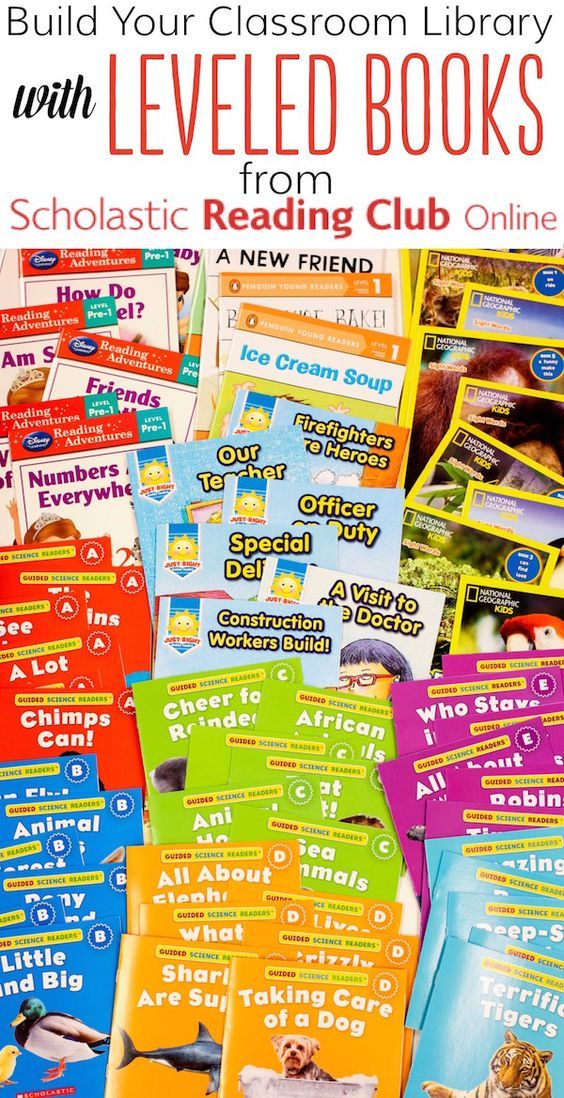 Children take books from the book corner according to their desire and taste, but then they always put them in their place. At senior preschool age, the duty of children who give out and receive books and are responsible for their safety should be organized.
Children take books from the book corner according to their desire and taste, but then they always put them in their place. At senior preschool age, the duty of children who give out and receive books and are responsible for their safety should be organized.
If a tattered book is found, the teacher of the junior and middle groups repairs it himself, preferably in the presence of the children. In older groups, children are also involved in repairing books. Thematic book exhibitions are periodically organized in the book corners. For example, "Our books about nature", "Pushkin's Tales", "Our Russian folk tales", "Books read in September". Illustrations by famous children's illustrators are exhibited. Already from the middle group, children recognize the titles of fairy tales and stories by the covers and illustrations. With the help of a teacher, they remember the names of such authors as A.S. Pushkin, K.I. Chukovsky, L.N. Tolstoy, M.M. Prishvin, S.Ya. Marshak, S.V. Mikhalkov.
Tolstoy, M.M. Prishvin, S.Ya. Marshak, S.V. Mikhalkov.
Starting from the middle group, there are short but meaningful conversations about books and writers. During these conversations, it turns out which books are loved by children, and later - and why they like this or that book. After conversations on read works, children of senior preschool age are offered to complete creative tasks. For example: pick up a rhyme for the word, pronounce the word with a change in intonation, pick up synonyms for the word - sleeps, sleeps, pick up antonyms for the word - strong, brave. In the book corners, children's creative drawing albums are placed based on the works read for the month.
In the process of children's interaction with the books of the group book corner, they learn the following words: binding, cover, page, and a little later - spine. Through children's book corners, the education of a competent reader takes place.